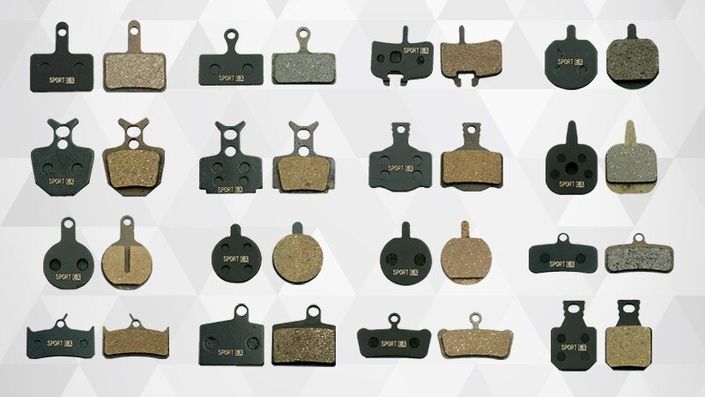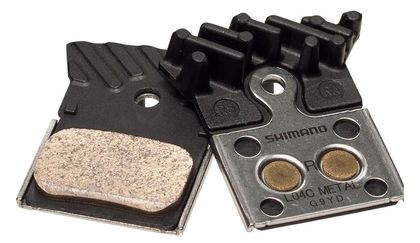Mountain bike disc pads are one of those things we tend to think little of, that is until they start squealing and carrying on, then they become the centre of your attention every ride (and everyone else's as they make an awful noise every time you brake into a corner!). So what's the story with brake pads, and are you using the best option for your conditions? Let's have a look.
There are generally two different types of pads: Sintered Metal and Organic Resin, and a couple of variants in those - finned and ceramic. Which is best to use depends on where you ride, the type of riding you do and the conditions you ride in.
Sintered (Metal) Pads
The metallic components of sintered pads are bonded using a combination of heat and pressure. These pads are very good at handling high temperatures and are very durable and long lasting.
"Long wear...consistent wet power. These (metal) pads are virtually unaffected by rain or snow. As the trail changes around you, the braking power remains the same."
- Hayes Disc Brakes
THE GOOD
- Handles high temperatures and resists brake fade so power lasts longer
- Better in extreme conditions like mud, water and where there are gritty, sandy trail surfaces
- Better in wet conditions as the pad is porous and absorbs water
- Generally longer lasting
THE BAD
- Can make a lot of noise
- Their hardness results in less initial bite
- Takes a while to bed in

EXPERIENCE: During a local endurance race which featured beachside sandy singletrack, half the field dropped out with brake issues: the sand wore through almost every resin pad in the race. This is where it is good to know your conditions and prepare appropriately!
These pads are also good if you ride down long descents where constant braking is required. Metal pads handle and dissipate heat better than resin and are less susceptible to 'fade' or loss of power. (This is because not as much heat is transferred into the rotor as with resin pads).
Noise can be a very real problem for sintered pads. Try scoring the pad surface if it is really bad. I have had greater and lesser success with this. Sometimes when the squeal gets too bad it may be time to try resin.
Resin (Organic) Pads
These pads are made from organic fibres bonded with resin. While not as hard as metal pads, these offer more bite and less noise!
THE GOOD
- Quieter
- Instant bite
- Do not require much bedding in
THE BAD
- Wears quickly in gritty, sandy or dusty conditions
- Poor wet performance as water sits on surface of pad
- "Glazing" needs regular attention
You are probably getting the picture now. Resin pads are better for a lighter XC style mountain biker, who requires lots of early grab, and isn't necessarily going to be riding a downhill course descent. They are also quiet, and can be the the fix for the most annoying brake issue: squealing!
They won't last as long as a metal pad, but offer great feel and bite, as long as you check for wear and replace when necessary. It is also good to regularly roughen up the surface to remove any glazing that may occur (sandpaper or a concrete garage floor is fine).
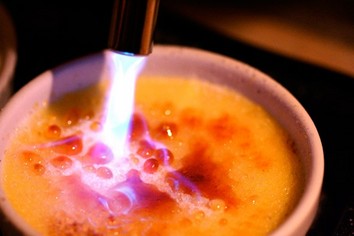

TIP: Sometimes pads can get contaminated with oil or lube which reduces brake bite and results in noise. You can burn this oil out with either a butane gas torch (like a chef uses on a crème brulee), or alternatively drip some methylated spirits on the pad and light it (take the pad off the bike first!).
Finned Pads
Heat management option.
THE GOOD
- Keep cooler under sustained braking
- Sintered (see above)
THE BAD
- Only fit a few brake sets
You may have seen these pads in your new Shimano XT or XTR brake sets yet you might not have realized what the purpose of these fins are. Under heavy braking conditions such as sustained downhill sections of technical trails brakes can experience what’s called “brake -fade” where they lose all their power and your lever fades into your bars. This is the result of your brakes overheating and boiling the fluid in the calipers.
Manufactures like Shimano have been combatting brake-fade with finned pads which help disperse excess heat that builds during sustained braking. Do they work? Yes without a doubt. Do they cost more? Yes, a lot more. So if you ride trails with long descents then upgrading to a set of finned pads might be the best thing you do for your bike.
Ceramic Pads
Scintered pads with some ceramic composition to help dissipate heat.
THE GOOD
- Keep cooler
- Sintered (see above)
THE BAD
- Wear rotors faster
Personally, I enjoy the longevity of metallic pads but when it comes to 'feel' and immediate power I much prefer resin and would choose these providing I wasn't riding in sand!
It is good to remember that whichever pad you use is also a personal choice: always go for what you feel works best. Any questions or comments? Ask BikeRoar. We've been there and done most!
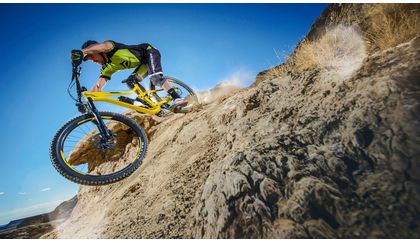
RELATED ARTICLE:
Braking correctly on a mountain bike
Instructions on how to use your brakes when mountain biking. Follow these tips to success... READ MORE
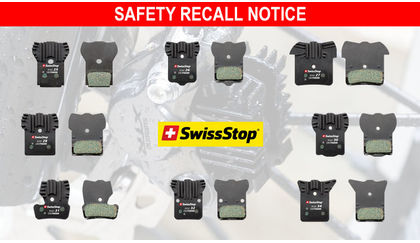
RELATED ARTICLE:
SwissStop Disc Brake Pads Recalled
They may come apart and present a crash risk. Check to see if your brake pads are affected... READ MORE
